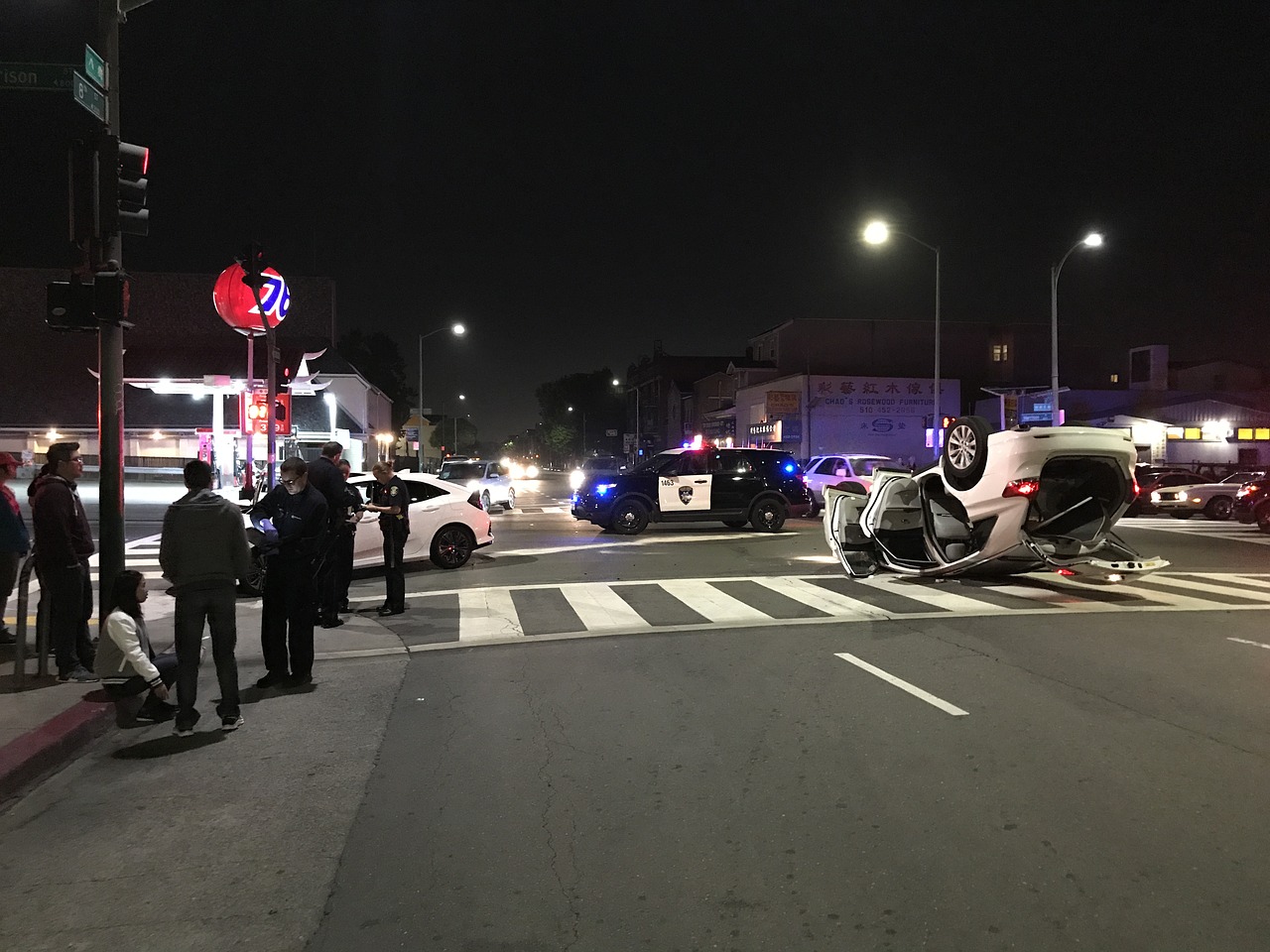Zero is the number of fatal and critical injury car accidents that the City of Tempe is attempting to achieve.
On May 29, the Tempe City Council approved the Vision Zero Action Plan which seeks to eliminate all fatal and serious injury crashes.
Started in Sweden in the 1990s, Vision Zero has been adopted by many major U.S. cities like Chicago and Seattle, which have seen success.
According to Public Information Officer TaiAnna Yee, the first strategy to the plan was an updated distracted driving ordinance. Lowering speed limits is now their next strategy. A group of city officials used Tempe traffic data to come up with the new limits.
“Lowering speed limits is just one strategy that we believe will further the Vision Zero goal. Studies have shown that lower speed limits decrease the severity of traffic crashes,” Yee said.
Yee, who specializes in transportation, is a main contact for community members to ask questions about the plan. In order to inform most of the population, the City of Tempe has set up a series of meetings for residents to attend and learn more about the proposed speed limits and to give their feedback.
On Nov. 21, City Engineer Julian Dresang presented residents with data on speed-related car accidents in the city. Here, he explained the purpose of the Vision Zero Action Plan and how reducing speed limits will help decrease the severity of crashes.
“We believe everyone should get home safely to their families,” Dresang said.
Through research and data, the reduction was based off a safe systems approach. A safe systems approach is not to stop car accidents altogether but to minimize injuries.
This approach not only takes speed into consideration but other factors such as pedestrians and crash history as well.
Currently, Tempe utilizes an engineering approach (the most common among the country) which uses the 85th percentile of vehicular speed to set limits.
The engineering approach sets arterial road speed limits to a maximum of 45 mph, collector roads at 35 mph and neighborhood streets at 25 mph. The safe systems approach would decrease most city speed limits by 5 mph.
The question of voluntary compliance was the main reason for many of the residents’ objection to the speed limit reductions.
Dresang reminded residents that speed was not the only strategy for Vision Zero.
“Reducing speed limits is only one way that we want to reduce fatal and serious injury crashes. If there is a possibility that we can save at least one life, I think we should take it,” Dresang said.
Tempe is a “multi-modal” city which means people commute by transit, foot and bicycle as well.
“I think it’s important to remember that not everyone drives a car, so we need to ensure we have equitable roads for all types of users. Lower speed limits have shown to increase bicycle and pedestrian rates – due to an increased feeling of safety,” Yee said.
Traffic congestion was another concern that was voiced among community members. With the amount of people living in Tempe, residents are worried that lower speeds will result in more time stopped on the road.
“Tempe’s traffic signals are timed for progression, meaning that when you travel at, or slightly below, the posted speed limit, you are much more likely to hit every green light, conversely, drivers who exceed the speed limit are more likely to be stopped at red lights,” Yee said.
Traffic engineers like Dresang time traffic signals in accordance with speed limits and the distance between them.
“If you were to travel for two miles at the posted speed, with traffic signals at every mile, it is predicted that you would get all green lights,” Dresang said.
Tempe’s primary concern is the safety of road users. City officials are asking for community members to voice their opinions and concerns online through a survey.
There will be two more informational meetings held at the Tempe Public Library meeting room A on Wednesday, December 11, at 5:30 p.m. and on Saturday, December 14, at 9:30 a.m.
For more information visit the City of Tempe’s website.




